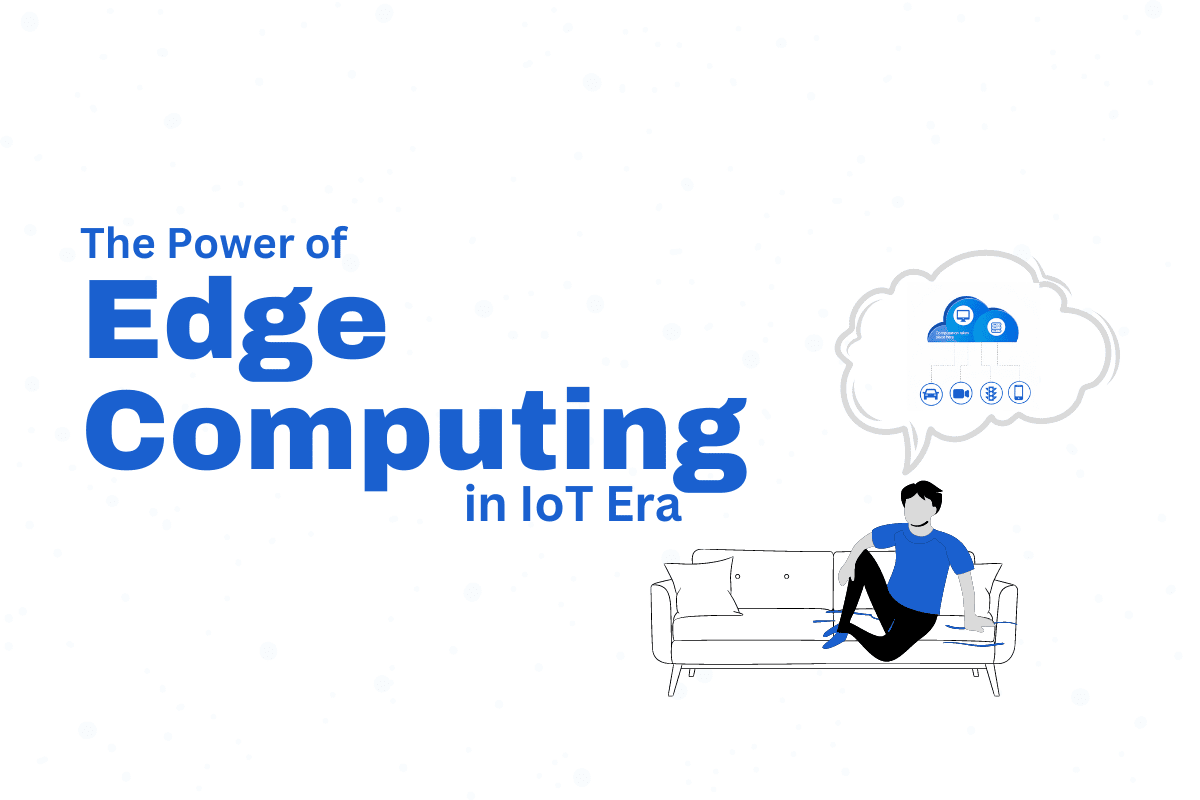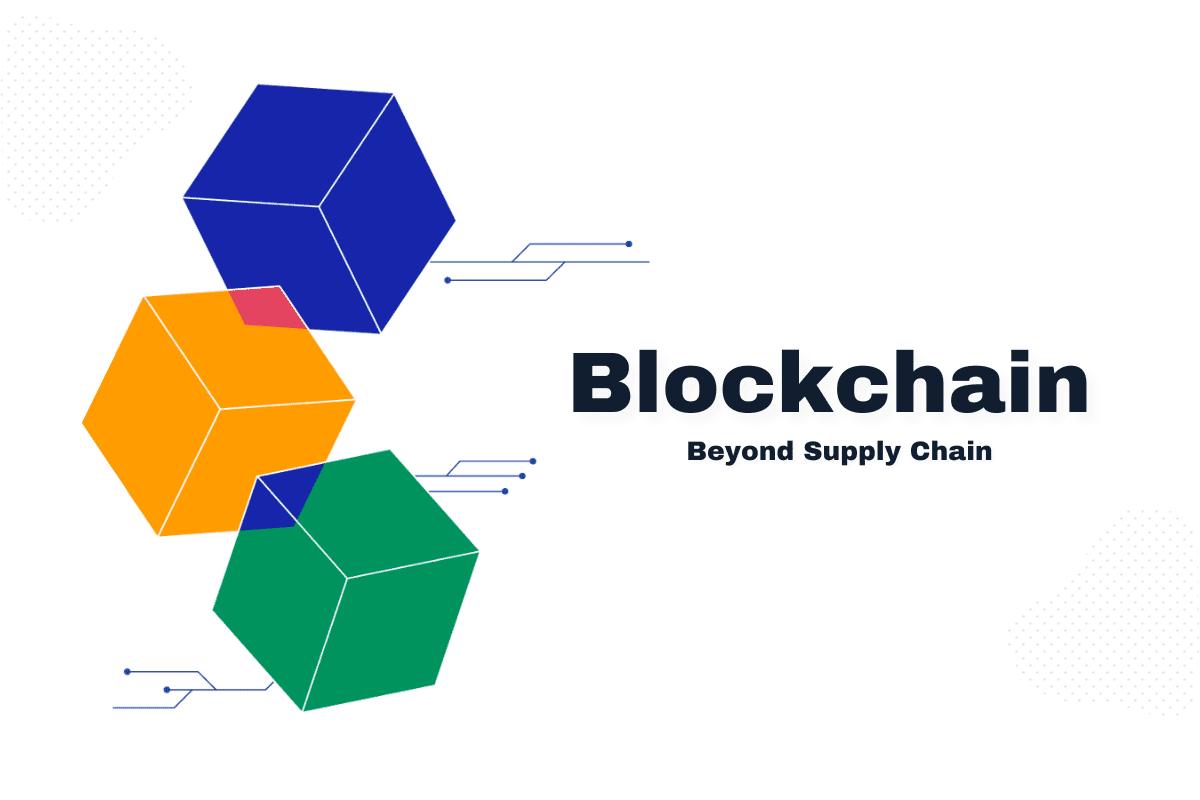Introduction: In recent years, the field of neurotechnology has witnessed remarkable advancements, particularly in the development of brain-computer interfaces (BCIs). These cutting-edge technologies hold tremendous potential for enhancing human abilities and revolutionizing various sectors. This article explores the current state of neurotechnology and its impact on society.
I. Understanding Brain-Computer Interfaces
A. Definition and Functionality
Brain-computer interfaces (BCIs) establish a direct communication pathway between the brain and an external device, enabling individuals to control technology using their thoughts. For example, a person with paralysis can use a BCI to operate a robotic arm or a cursor on a computer screen simply by thinking about the desired movements.
B. Components of a BCI System
BCI systems consist of three key components: a brain signal acquisition device, signal processing algorithms, and an output device. The brain signal acquisition device records neural activity, which is then processed by sophisticated algorithms to extract meaningful information. Finally, the output device translates the processed signals into desired actions, such as moving a wheelchair or typing on a virtual keyboard.
C. Types of Brain-Computer Interfaces
- Invasive BCIs Invasive
BCIs require surgical implantation of electrodes directly into the brain tissue for high-fidelity signal acquisition. This approach offers precise control and fine-grained signal resolution. Recent research in this area includes the development of flexible and biocompatible electrode arrays, improving long-term stability and reducing the risk of tissue damage.
- Non-invasive BCIs Non-invasive
BCIs employ external sensors, such as electroencephalography (EEG), to record brain signals without invasive procedures. Advances in non-invasive BCIs include the use of dry electrodes that are comfortable to wear and advancements in signal processing techniques to enhance the signal-to-noise ratio. Additionally, researchers are exploring other non-invasive modalities like functional near-infrared spectroscopy (fNIRS) and magnetoencephalography (MEG) for improved signal acquisition.
II. Applications of Brain-Computer Interfaces
A. Healthcare and Medicine
- Restoring Mobility
BCIs have shown promising results in assisting individuals with paralysis or limb loss to regain motor control. For instance, researchers have successfully developed BCIs that enable patients to control robotic prosthetic limbs with remarkable dexterity. Recent studies have focused on refining the user experience and increasing the speed and accuracy of movement.
- Neurorehabilitation
By leveraging BCIs, neurorehabilitation therapies can be tailored to individuals’ specific needs, enhancing recovery and improving quality of life. For example, stroke survivors can engage in virtual reality-based rehabilitation programs controlled by BCIs, which provide real-time feedback and personalized exercises. Recent research has demonstrated the effectiveness of these interventions in promoting neural plasticity and functional recovery.
B. Augmented Abilities
- Cognitive Enhancement
BCIs offer the potential for enhancing memory, attention, and cognitive performance through targeted stimulation and neural feedback. Recent studies have explored the use of BCIs for memory encoding and retrieval, showing promising results in memory improvement in both healthy individuals and those with cognitive impairments. Furthermore, researchers are investigating closed-loop BCIs that provide real-time feedback to optimize cognitive states, such as focus or relaxation.
- Sensory Augmentation
Using BCIs, individuals with sensory impairments can perceive and interpret sensory information, expanding their perception of the world. For instance, visual prostheses based on BCIs have allowed blind individuals to perceive visual stimuli by converting them into tactile or auditory feedback. Ongoing research aims to enhance the resolution and fidelity of sensory information provided by BCIs to improve the overall sensory experience.
C. Assistive Technologies
- Communication and Accessibility
BCIs can enable individuals with severe speech or motor impairments to communicate and interact with their environment. Recent advancements include the development of BCI systems that allow users to type messages or control virtual avatars using their brain activity. The integration of natural language processing and machine learning algorithms has facilitated more efficient and accurate communication.
- Environmental Control
By linking BCIs with smart home systems, individuals can control various appliances and devices using their thoughts. For example, individuals with physical disabilities can turn on lights, adjust room temperature, or operate home security systems seamlessly through BCI-powered interfaces. Recent research focuses on expanding the range of controllable devices and refining the user interface for intuitive control.
III. Challenges and Future Directions
A. Ethical Considerations
The development and implementation of BCIs raise important ethical questions regarding privacy, consent, and potential misuse of neural data. As BCIs gain more prominence, it is crucial to establish robust ethical guidelines to protect users’ privacy and ensure responsible data handling practices.
B. User Experience and Reliability
Improving the user experience and reliability of BCIs is crucial for widespread adoption, involving advancements in signal processing and interface design. Recent efforts have focused on developing more user-friendly and ergonomic BCI devices, enhancing comfort and wearability. Additionally, researchers are exploring novel machine-learning algorithms to improve the accuracy and speed of decoding brain signals.
C. Beyond Human-Computer Interaction
Future advancements may explore the potential of BCIs in human-to-human communication, brain-to-brain interfaces, and even collective intelligence. Recent research has demonstrated the feasibility of using BCIs for brain-to-brain communication, opening up new possibilities for collaborative problem-solving and shared experiences.
Conclusion: Neurotechnology and brain-computer interfaces represent a significant leap forward in our quest to unlock the full potential of the human brain. From healthcare and rehabilitation to augmenting human abilities and assistive technologies, BCIs offer promising solutions. However, addressing challenges and ensuring responsible implementation is vital to harness their benefits fully. As the field continues to evolve, neurotechnology is poised to reshape the way we interact with technology and redefine human capabilities.
Read more: Holographic Displays: The Science and Future




